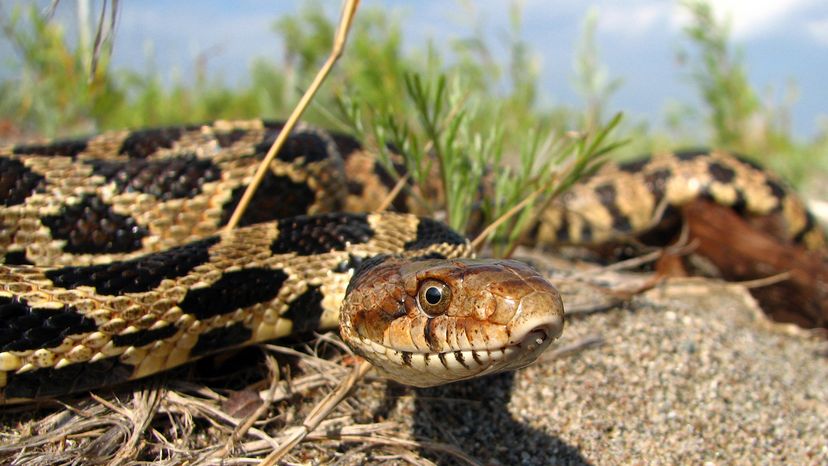
The fox snake is often misunderstood, but it plays a vital role in its ecosystem. Fox snakes are large, nonvenomous and native to the Great Lakes region, where they help keep rodent populations in check.
There are two primary types of fox snakes: the eastern fox snake (Pantherophis vulpinus) and the western fox snake (Pantherophis gloydi). These harmless snakes can be found in various habitats, from wetlands to forests, and are especially important in wetland habitats near Lake Erie.
Advertisement